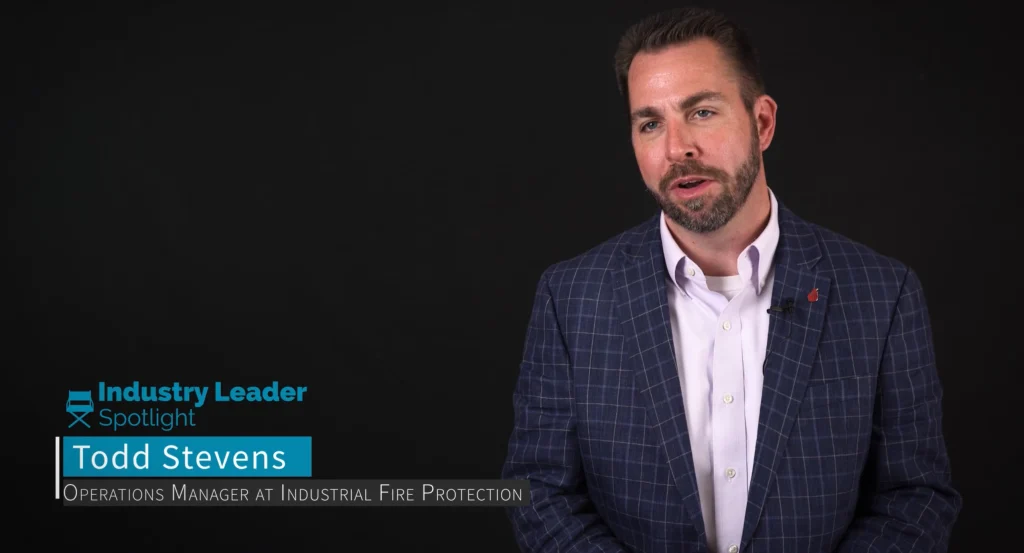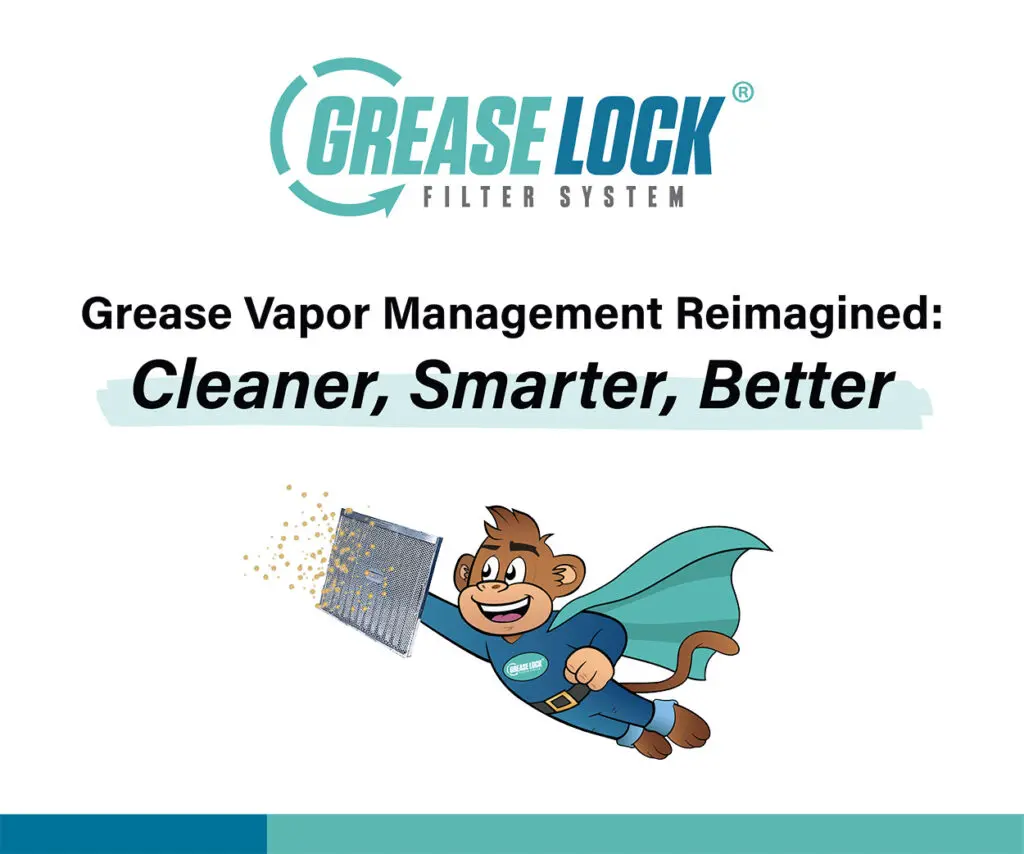
Dedicated to sourcing and producing the most relevant industry news, information, and stories, Fire Protection News is a valuable, timely resource that industry professionals can rely on.

Articles
Check out the latest news articles on fire and life safety.
Read >>

Video Series
Gain insight into the minds of industry leaders via our video series.
Watch >>

Podcasts
Listen to our podcast featuring discussions from experts on popular topics.
Listen >>
Podcasts
Listen to our podcast featuring discussions from experts on popular topics.
Listen >>

Resources
Deepen your expertise and stay on top of industry trends with our innovative resources.
Get the Latest News in your Inbox
Subscribe to receive all our great content directly to your inbox.






